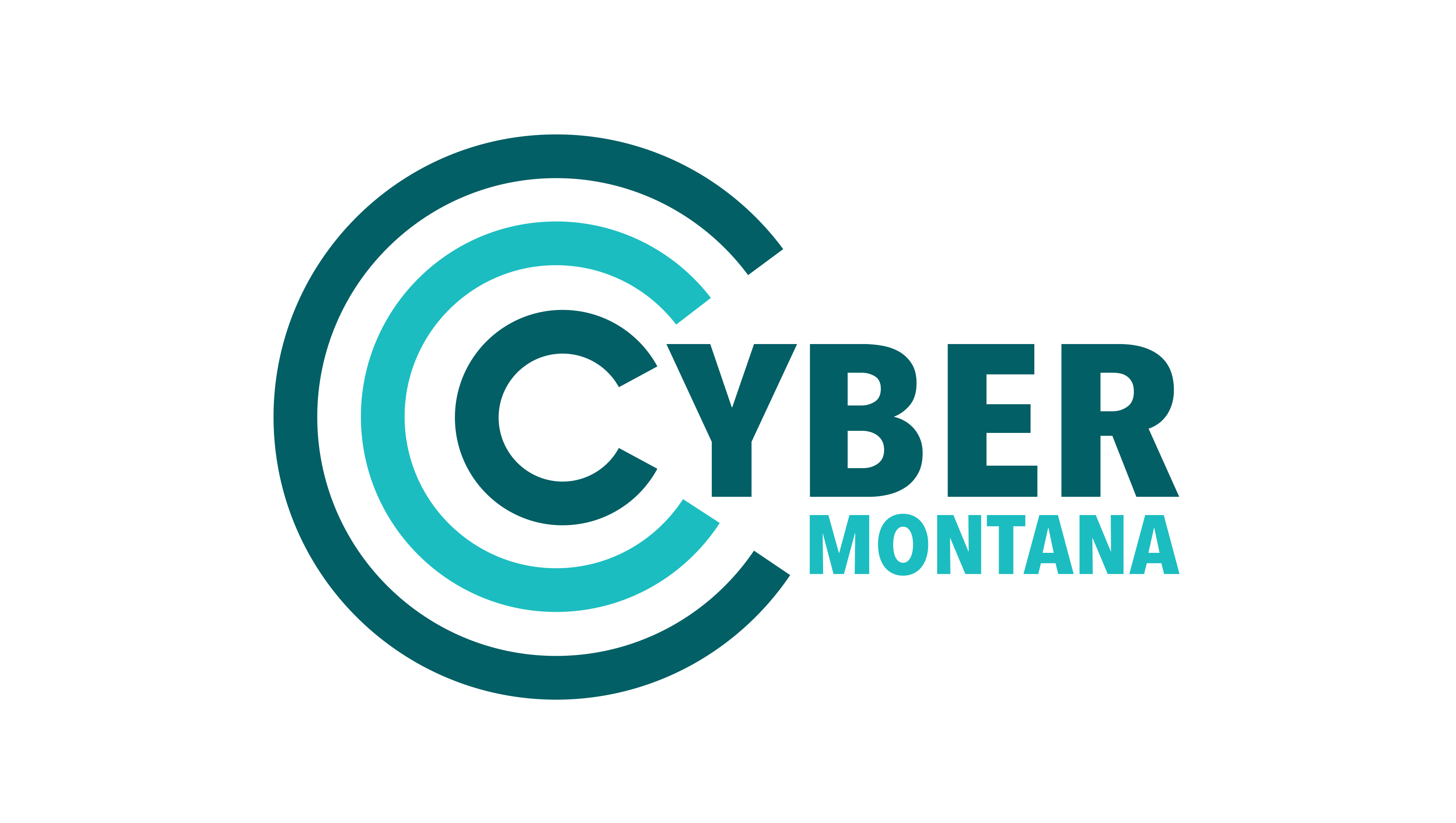Why Is Security Awareness Training Important? [2023]

Security-aware employees are one of the primary lines of defense against cyberattacks in the business world. We know that almost 90% of data breaches are caused by human error*; the human factor is often the weakest link. Security awareness in employees prevents and mitigates the risk of security breaches. Professional development in security awareness is key to protecting your organization and your customers.
What is the Purpose of Security Awareness Training (SAT)?
Security Awareness Training provides your business and employees with knowledge on how best to mitigate risks presented through internet use. These forms of training help individuals understand their role in facing security breaches. Your stance changes from reactive to proactive. Cyber threats will never be eliminated. You can help create an environment that is resilient against threats and has increased its toolbox of capabilities to prevent and/or face threats.
How effective is SAT?
“Verizon’s 2020 Data Breach Investigation Report, which highlights insights from nearly 4.000 data breaches, found that 67% were caused by an attack targeting people – including credential theft and phishing- and 22% involved human error.”* – David O’Leary from SHI
Think about password protection. We all have created passwords in which the organization/company tells you if your password is weak or strong, and often provides you with requirements as to what are the minimal requirements to create a password on their site. Security Awareness Training courses assist your employees in being aware of what it takes to truly create a strong password.

We all have various devices that we use daily. It is always of intrigue to look up your email address and see if it has been part of a breach. One email typically is connected to multiple devices. It only takes one email breach to threaten all devices. This makes checking your work email on your personal devices and visa versa a risk. It is a good practice to create Security Awareness regulations within your organization. It is also very interesting to look up your email to see if it has been breached. Consistency in training employees can lessen cyber crimes and their impacts by 40% – 50%.*
What lessons does CyberMontana provide for Security Awareness Training?
Lessons are 20 – 30 minutes, online, training modules. These lessons teach best cybersecurity practices in a number of topics. These include:
- Phishing – The lesson defines phishing (a form of fraud in which an attacker masquerades as a reputable entity or person in email or other forms of communication), how to identify it, and what to do if phishing is suspected. Users are given several examples of phishing emails.
- Password Creation – Users are taught the importance of proper passwords and how to construct them. Users are given examples of strong and weak passwords and will then practice constructing stronger, unique passwords.
- Social Media – Users learn best practices to keep themselves safe on social media. Users learn strong security settings and thoughtful consideration of what they share about themselves and their organization.
- Malware and Ransomware – The lesson defines malware (malicious software) and ransomware (type of malware that blocks access to devices and/or data, often until payment). The lesson describes what attacks can look like, prevention methods to implement, and what impacts malware can have on an organization.
- Work from Home – The Lesson focuses on securing the home workspace, work, and personal devices, and your network. Users learn the dangers of unknown networks, the importance of securing devices in transit and in public places, and how to handle secure information in public places both on devices and in calls.
- Mobile Device – This lesson covers foundational information to keep data safe when using a mobile device. This includes app permissions, phone calls, and network/Bluetooth connection in public areas. It also includes what it means to share information on your mobile devices and what exact information you are sharing with those applications.
- Social Engineering – There are many ways to breach security for information. Social Engineering is a form of attacking the person instead of the software. Abusing simple trusts to gain an advantage to hack information. This lesson goes over what Social Engineering really is and how to protect yourself from it.
- Browser Safety – Everyday use of browsers makes us feel safe using them. Browsers can be connected to security and personal information breaches. This lesson goes over safe browser habits, safety tricks, and the difference between browsing at work rather than at home.
- Devices – There are many devices related to work and computers. From phones to portable drives. Each device needs proper security management. It’s important to know the risks of each device and how we can protect ourselves and our work.
- Password/Multi-Factor Authentication – This lesson discusses Multi-Factor Authentication (MFA) and why it is an important part of security when using accounts online, even with a secure password.
How Does Security Awareness Training Benefit Your Organization and Employees?
First and foremost, Security Awareness Training benefits your organization as it sets you up to play both offense and defense within the cyber threat world. Currently, it is not required in the state of Montana. There are some liability insurance policies that have requirements in which Security Awareness Training meets. Some organizations look for employees to have a badge or certificate to accompany their training. CyberMontana’s Security Awareness program offers badging and a certificate of completion for training.
- The Security Awareness Individual Proficiency Badge will be available to individual users of an organization who complete at least 75% of their assigned Security Awareness Training (SAT) modules.
- The Security Skills Individual Proficiency Badge will be available to individual users of an organization who complete at least 75% of their Security Skills assignments. Our Security Skills options will include subject matter such as Phishing Simulation, Removable Media, etc.).
- The Security Awareness Business Proficiency Badge is available to organizations whose users complete at least 75% of their assigned Security Awareness Training (SAT) modules.
- Security Skills Business Proficiency Badge is available to organizations whose users complete at least 75% of their Security Skills assignments.
How to Get Started With Security Awareness Program?
Getting started is quite easy. The CyberMontana website has a Security Awareness Training page in which you can get more information and complete an interest form. Someone from our team will reach out to you. You can also contact Bianca (bianca.bostrom@umconnect.umt.edu) directly to get you and your organization started.
Sign Up for Security Awareness Training Today
There is no question we are all at risk for cyberattacks, cyber threats, and data breaches. The number of attacks each year increases significantly and continues to become more sophisticated. The best, and most successful, path to the best protection is to educate and prepare yourself and your team. Please contact us if you are interested in our Security Awareness Training, or our other Cybersecurity Training options that are available (K-12 education, Cyber Rapid Training Certification of Technical Studies Program, Workforce Development/Upskilling).
Sources
- Best practices for building an effective security awareness program – The SHI Hub
- Security Awareness Training | EC-Council – Aware (eccouncil.org)
- *Tessian, 2020. The Psychology of Human Error

